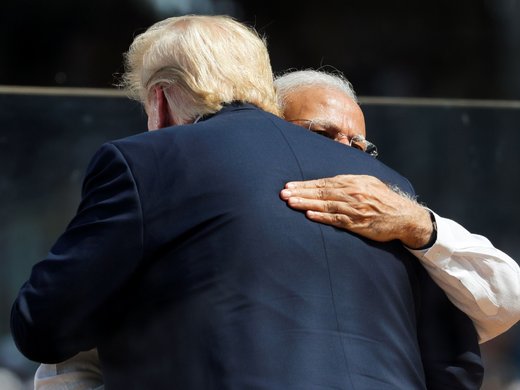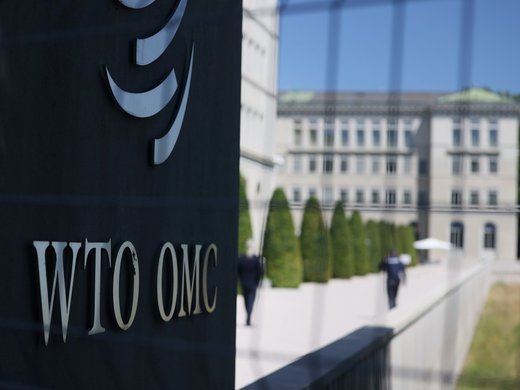The period between 2012 and 2014 saw relations between East Asia’s two pre-eminent powers, China and Japan, reach their lowest point since the establishment of diplomatic ties in 1972. An acrimonious territorial dispute in the East China Sea and differing perceptions of their shared history have been the primary drivers of tensions. The friction at the official level has also been reflected in public opinion, with mutual perceptions between the Japanese and Chinese populations reaching unprecedented levels of negativity in 2013 and 2014. Despite a relative thaw at the official level since the countries’ leaders met for the first time in November 2014, tensions have since remained high. The rhetoric of threat has permeated in the media and official discourse in both countries. Through an analysis of these discourses, this paper explores mutual perceptions in China and Japan and argues that each side systematically overestimates the level of threat that the other poses, with pernicious consequences for bilateral relations and regional stability.


